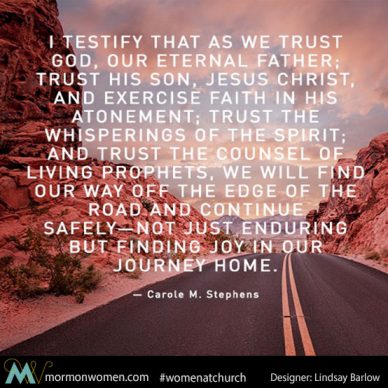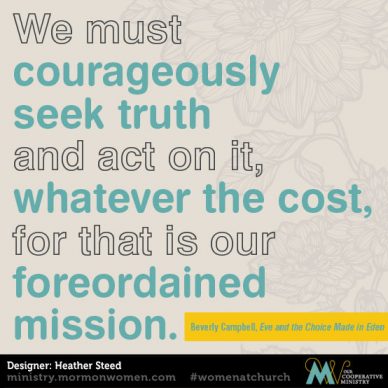The Gospel Doctrine lesson #27 manual objective is “To help class members learn how to recognize and refute false teachings and stay true to their testimonies of Jesus Christ.”
Our Objective
To explore what it means to search for true principles and decipher truth from false teachings .
.
Commentary
There are several characters in the Book of Mormon who are identified as “anti-Christs,” and this lesson features one of the most colorful of those: Korihor. These figures are “against Christ” because they teach doctrine that is in opposition to the teachings of Christ, but which sound reasonable and attractive to many. As I considered the idea of this lesson – learning how to identify and refute false teachings – I recognized how we today are still engaged in this task. I also considered how many of the teachings we must weigh and select are relevant now as they were then: How much of salvation is grace and how much is our own work? What is the purpose of a Christ? What is the point of following commandments? Can we know if spiritual things are true?
But as someone who follows and studies the emergence of women as a major global force, it occurs to me that the conversation about how and why women should take their proper place in our broader communities is a area of varying opinions and persuasions that we must also similarly approach. There is so much, inside and outside of our church community, that speaks truth about women – what we are capable of, why we should be more integrated into decision making, how we should be compensated and rewarded – that is so healthy and true and good. There is also so much – teachings about the uses of our bodies, for instance, comes to my mind – that should be refuted. Even within the Church, we as members are constantly engaged in evaluating these messages and often disagree with each other about what principles we want to embrace and which we want to discard.
Like Alma demonstrates, though, if we keep our focus solely on the goodness, the magnanimity and the pure love of Christ, we will come out stronger as a people, united in our embrace of true and righteous principles. I hold this hope, and look to the example of people like Alma to keep it alive.
Related Mormon Women Project Interviews
Critical Thinking for a Critical Time, Catherine Humphry
I really wanted to know more about everything so I could understand a lot of the events that had happened in my life. I was interested in women’s voices. I’d always been very careful to not speak out of turn and it was interesting to me to see how minorities could rise and could have voice and could actually make a difference in the course of history. I thought, “Maybe there’s something that I don’t know that could help me solve problems better.” So I approached my discipline with an open mind, but it was never, “This will shake my faith.” In fact, it was the opposite. I thought, “This will NOT shake my faith,” and it didn’t.
I think I was born with a believing spirit. One attitude that’s helpful is to accept that everything doesn’t have to “fit in,” because over time I’ve seen many theories change. Things can move and things can change. And I’m very much a New Testament sort of Christian; I believe that we’re meant to love one another, to do well, to not be judgmental.
Other Related Women’s Voices


Looking for additional perspectives on this lesson? We recommend Mormon Sunday School, Meridian Magazine and LDSLiving.
